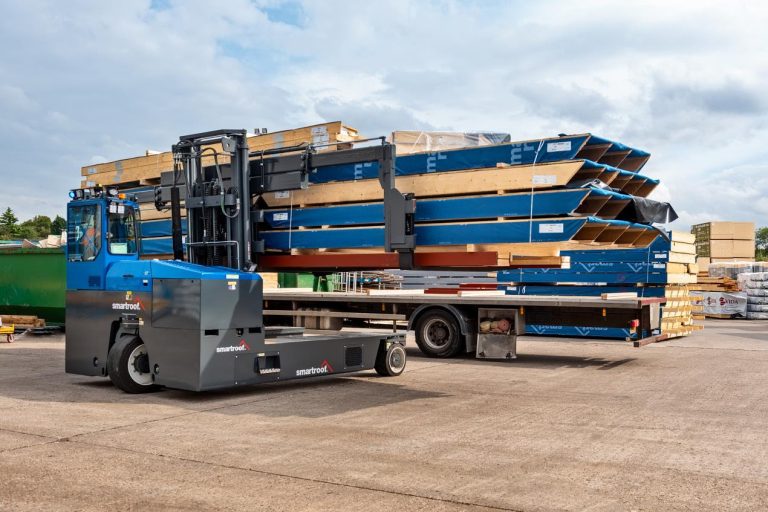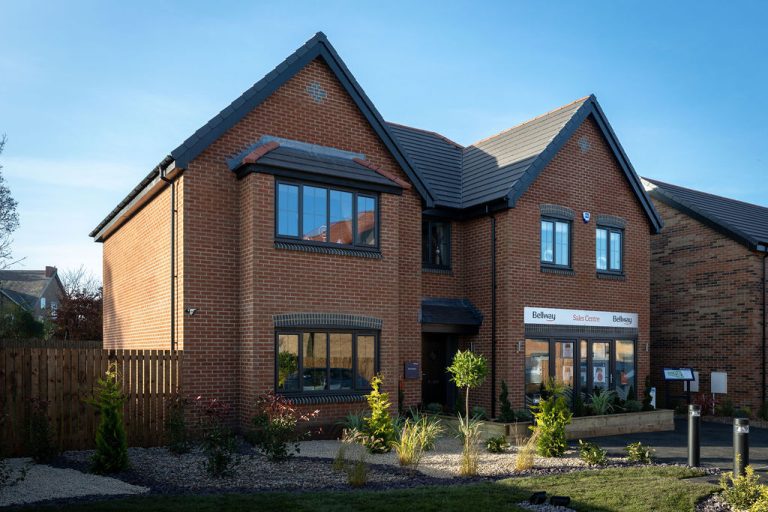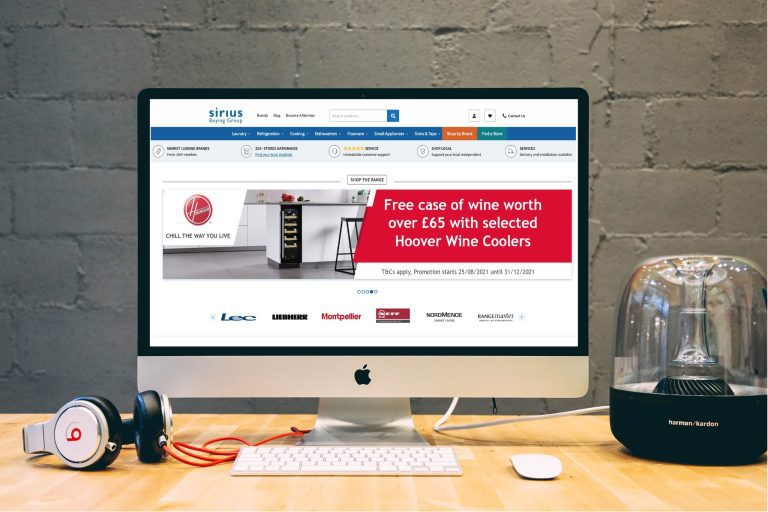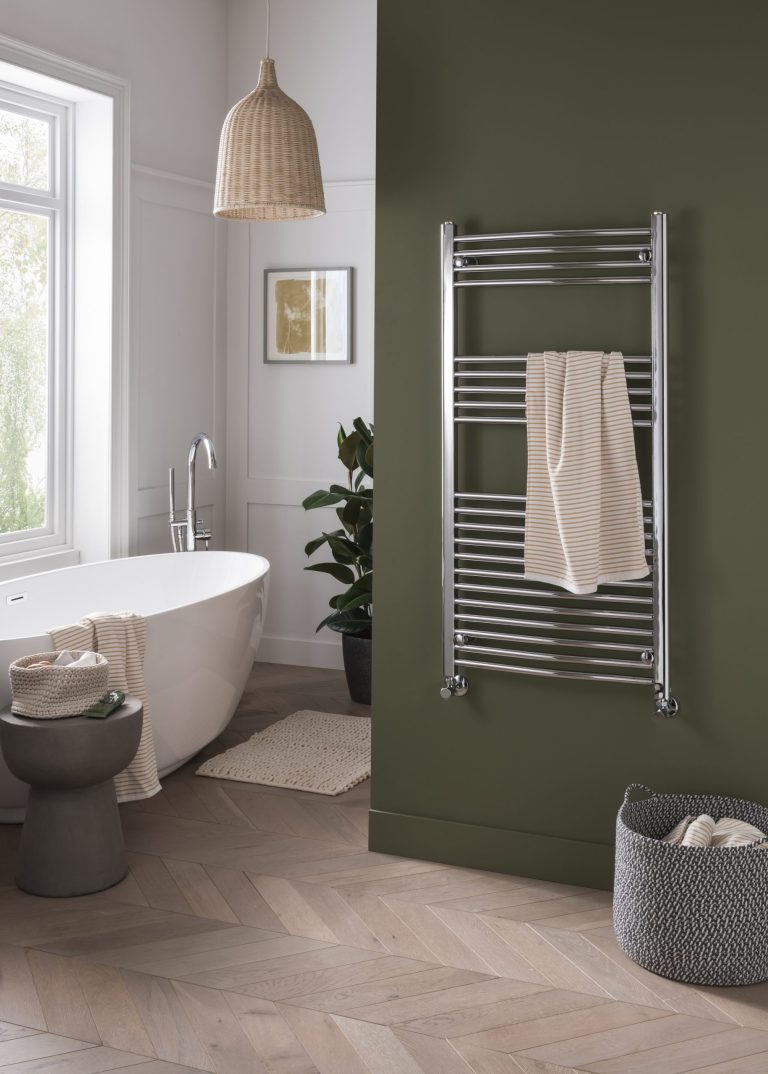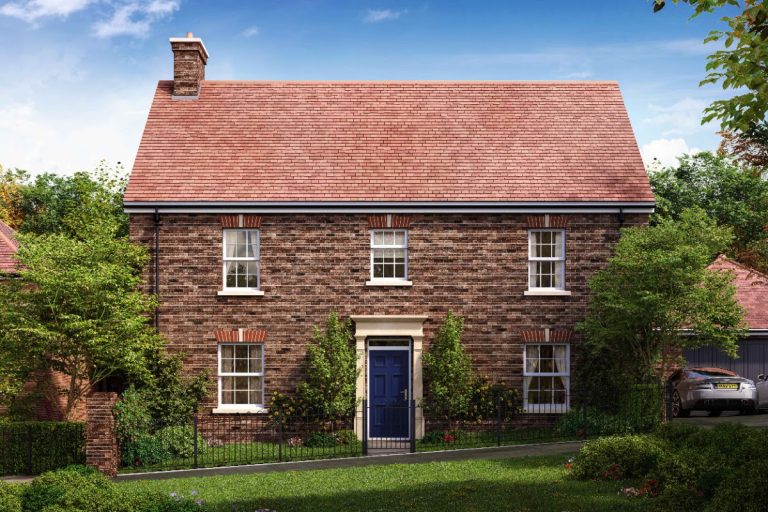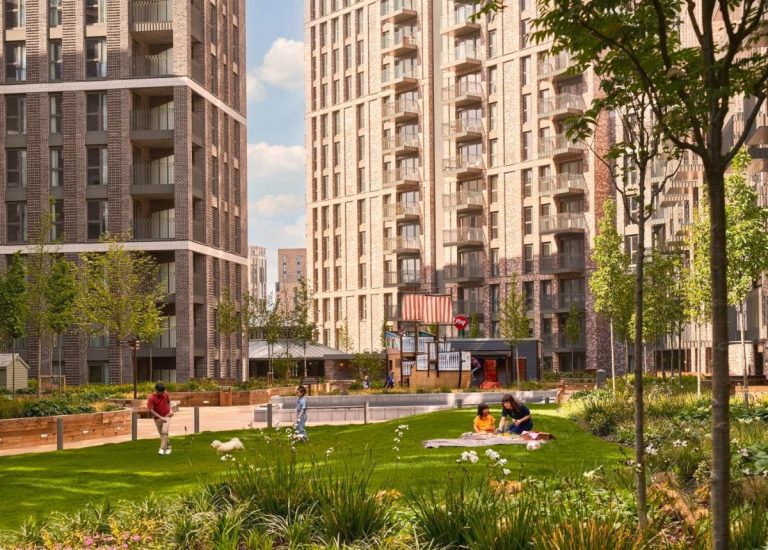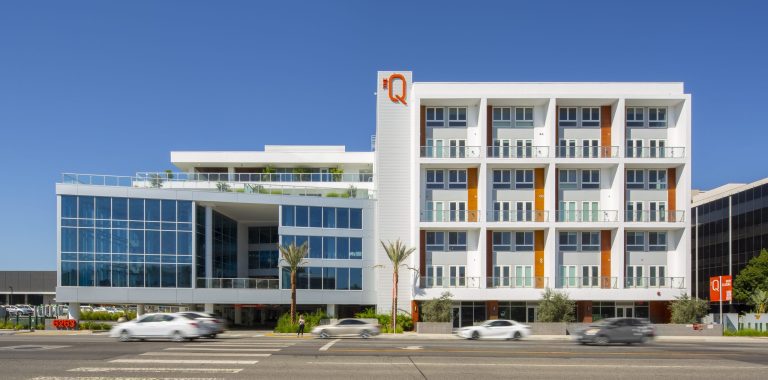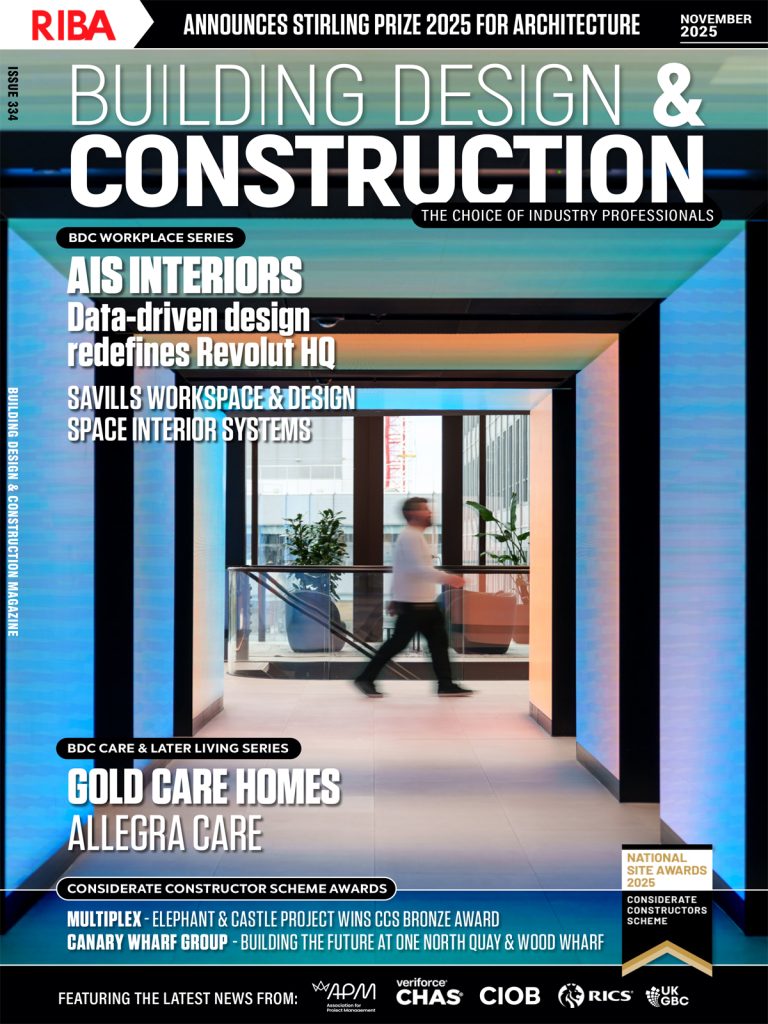There is a great demand for rental homes that have been designed to suit family life and a leading example of just such a development is Canada Gardens in Wembley Park. Operated by Quintain Living – the award-winning management company that is expertly looking after the rental of more than 3,000 homes – the pet-friendly apartments deliver family focused living in the heart of the exciting Wembley Park neighbourhood. For Canada Gardens resident Loide Azinheiro, who has lived in Canada Gardens with husband Joao and baby Benjamin since January 2021, it was the building’s family focus that was the attraction. Canada Gardens has something for everyone – there’s a pirate ship themed children’s play area and water feature, a beautiful indoor playroom, an acre of private podium gardens with outdoor kitchens and BBQs, a huge roof terrace and a serviced clubhouse for indoor relaxation. Loide and Joao have both enjoyed working from the clubhouse, while Loide has joined Pilates and yoga classes, art and painting lessons and baking classes with local artisan bakery Bread Ahead, all organised by the Quintain Living team through its dedicated app. The Wembley Park neighbourhood also has plenty to appeal to families. Loide loves all the new developments that are appearing, while the CCTV, on-site security and well-lit boulevards make her feel safe and confident when out and about. Working just outside Marylebone (when not home-based), the location is also ideal for her commute as the overground train reaches Marylebone in just nine minutes and both the Jubilee and Metropolitan lines run from Wembley Park station. And for little Benji, attending the local, bilingual (English/French) nursery is perfect. Working from home also played into the couple’s decision to move to Canada Gardens. They had lived in a two-bedroom apartment in Quintain Living’s Alameda development since April 2019, but with Benji now in tow and the pandemic likely resulting in long-term remote working, they switched to a three-bedroom home in Canada Gardens, using the third bedroom as a home office. For families in the same situation, Canada Gardens offers not just the clubhouse as a place to work but designer work-from-home sheds surrounded by greenery, a rooftop lounge and work from home area, study and a phone booth over the super-lobby. Meanwhile, families who want to get back to nature can hire allotment beds to grow their own fruit, flowers, herbs and vegetables. There’s a tool shed for storing pots and tools, with information on growing seasons. Quintain Living’s estates team is also on hand to provide expert advice on planting and nurturing. Children growing up in Wembley Park have plenty of primary and secondary schooling options close by, including the Lycée International de Londres Winston Churchill, which is immensely popular. There are also all the on-site shops, theatre, cinema and playparks available at Wembley Park itself, including LDO and London’s largest Boxpark. There’s even a new public park next to Canada Garden’s entrance, complete with a children’s playground, paddling area, water features, a games area, and an outdoor gym. With a dog park and acres of greenery to come, it’s the icing on the cake in terms of local attractions for families. Available in one to three-bedroom layouts, Canada Gardens’ apartments can be rented furnished or unfurnished, to suit families’ varying needs. All homes provide free, superfast WiFi, which is set up ready to use the moment families move in. Utilities are also set up and ready to go, with one monthly bill that breaks everything out for total transparency, with families only paying for what they use. Co-designed with John Lewis & Partners and Samsung, with Kohler bathroom fittings, the apartments offer a high standard of contemporary comfort and style – perfectly for modern family life.
